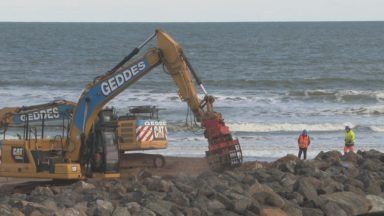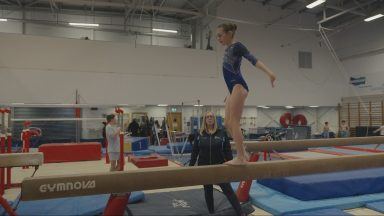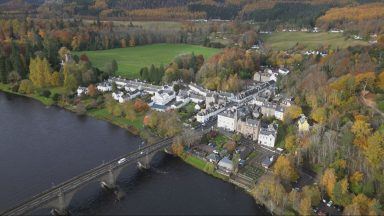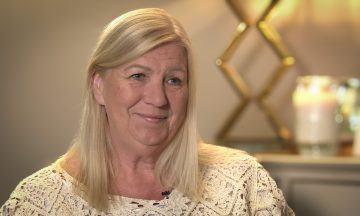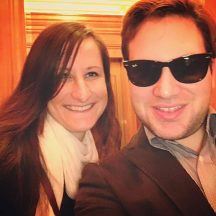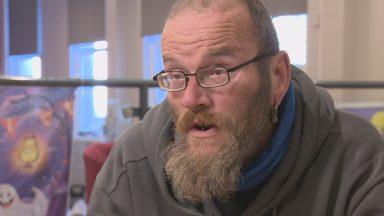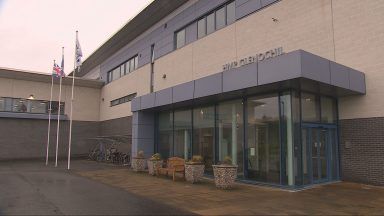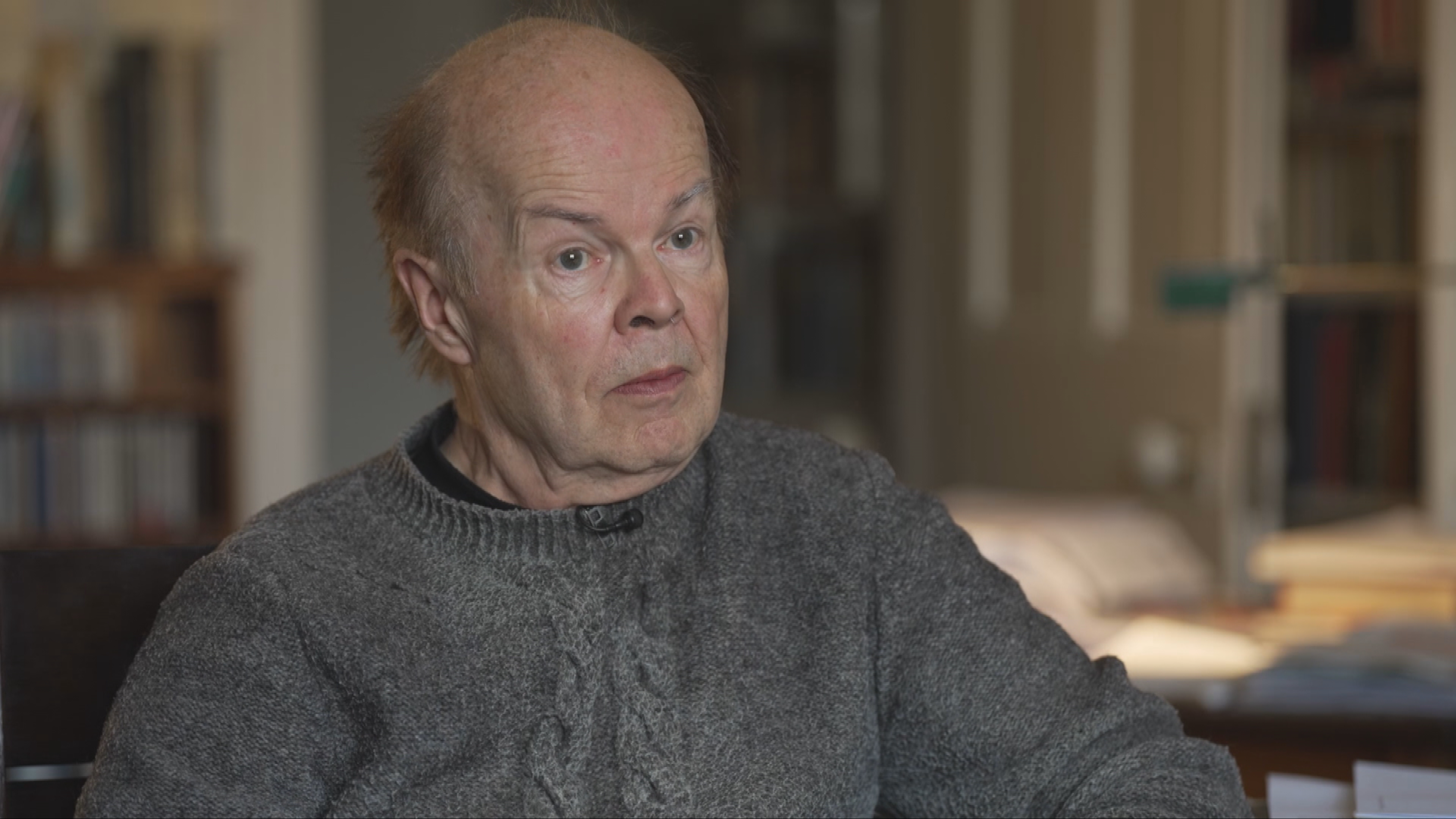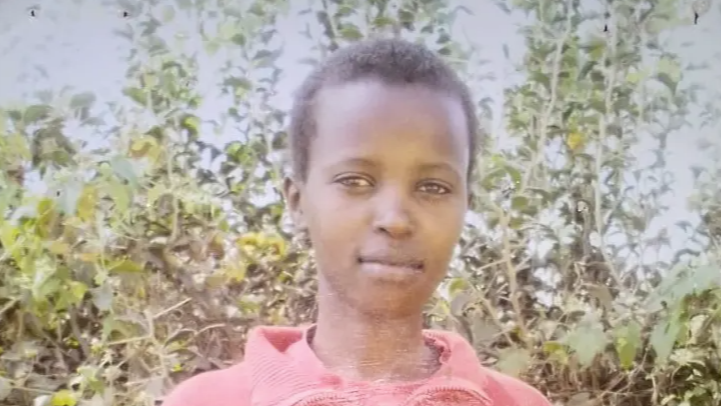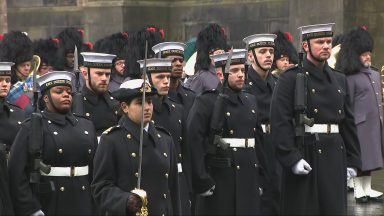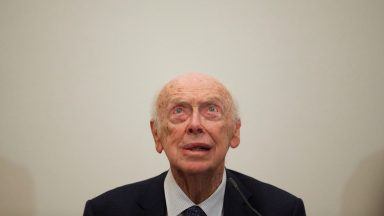A sixth century Byzantine bucket which has been pieced back together after fragments of it were found at Sutton Hoo was used to contain the remains of an “important person”, an archaeologist said.
It is hoped that further analysis will uncover more about the special cremation burial after further pieces of the bucket were discovered at the Suffolk site during a Time Team dig last year.
The entire base of the Bromeswell bucket was found intact and a comb, probably made from antler, was found unburnt.
The copper alloy bucket, decorated with a hunting scene, is thought to have been made several decades before the famous Sutton Hoo ship and its treasure were buried.
Angus Wainwright, National Trust archaeologist, said: “We knew that this bucket would have been a rare and prized possession back in Anglo-Saxon times, but it’s always been a mystery why it was buried.
“Now we know it was used to contain the remains of an important person in the Sutton Hoo community.
“I’m hopeful that further analysis will uncover more information about this very special burial.”
Cremated human and animal bones confirm the bucket was used as a cremation vessel.
The human bones included part of an ankle bone and fragments of skull, and these are being analysed to understand the cremation process and what was on the funeral pyre.
The human bones could not be sexed, but it is hoped that ancient DNA from the owner might survive on the comb.
The animal bones belonged to a species larger than a pig.
Horses were often included on early Anglo-Saxon cremation pyres as a sign of status.
Fragments of the 1,400-year-old Greek inscribed bucket were first uncovered at Sutton Hoo in 1986, with further pieces found in 2012 before last year’s discovery.
Concentric rings visible in CT scans indicate the bucket was made by cold hammering.
Visitors can see the main fragment on display at Sutton Hoo, on long-term loan from the Annie Tranmer Charitable Trust.
It is decorated with a hunting scene, with men armed with swords and shields, and animals including lions and dogs.
The latest fragments include feet, paws, the base of shields and even the missing face of one of the men.
The bucket base and comb will now be carefully conserved to allow further study and reconstruction.
Helen Geake, Time Team’s Anglo-Saxon expert, said: “We’ve finally solved the puzzle of the Bromeswell bucket – now we know that it is the first of these rare objects ever to have been used in a cremation burial.
“It’s a remarkable mixture – a vessel from the southern, classical world containing the remains of a very northern, very Germanic cremation.
“It epitomises the strangeness of Sutton Hoo – it has ship burials, horse burials, mound burials and now bath-bucket burials.
“Who knows what else it might still hold?”
The second phase of Time Team’s research collaboration project with FAS Heritage and the National Trust will continue until June 13.
Follow STV News on WhatsApp
Scan the QR code on your mobile device for all the latest news from around the country





